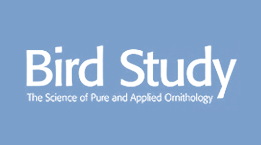Correlates of distribution and nesting success in a Welsh upland Eurasian Curlew Numenius arquata population
Capsule: Habitat structure and composition explained spatial variation in breeding distribution and nesting success in a declining upland Eurasian Curlew Numenius arquata population in North Wales.
Aims: To identify environmental correlates of Curlew breeding distribution, nesting success and change in distribution.
Methods: Thirty random 1 km squares stratified by historical population trend were surveyed for Curlew density and nesting success, and habitat- and predation-related variables in a landscape containing agriculturally improved farmland, and moorland that was partly protected and subject to grazing reductions for nature conservation. Analyses tested for associations between Curlew measures and environmental variables.
Results: Curlew breeding density declined by 29% between 1994 and 2008, and was highest in squares comprising a mixture of moorland and agriculturally improved farmland, and in squares with lower vegetation density and higher cover of Nardus stricta (characteristic of rough grazing). Nesting success was positively associated with cover of Trichophorum germanicum (characteristic of mire). Vegetation density was lower than average in squares with the highest Curlew densities, while in the protected area vegetation density was higher than average.
Conclusion: Habitat and vegetation variables influenced Curlew distribution and nesting success in North Wales, largely in line with previous results but with no evidence for predator-related influences. Habitat condition for Curlew in the protected area could probably be increased through targeted increases in grazing alongside the protection of priority habitats.


